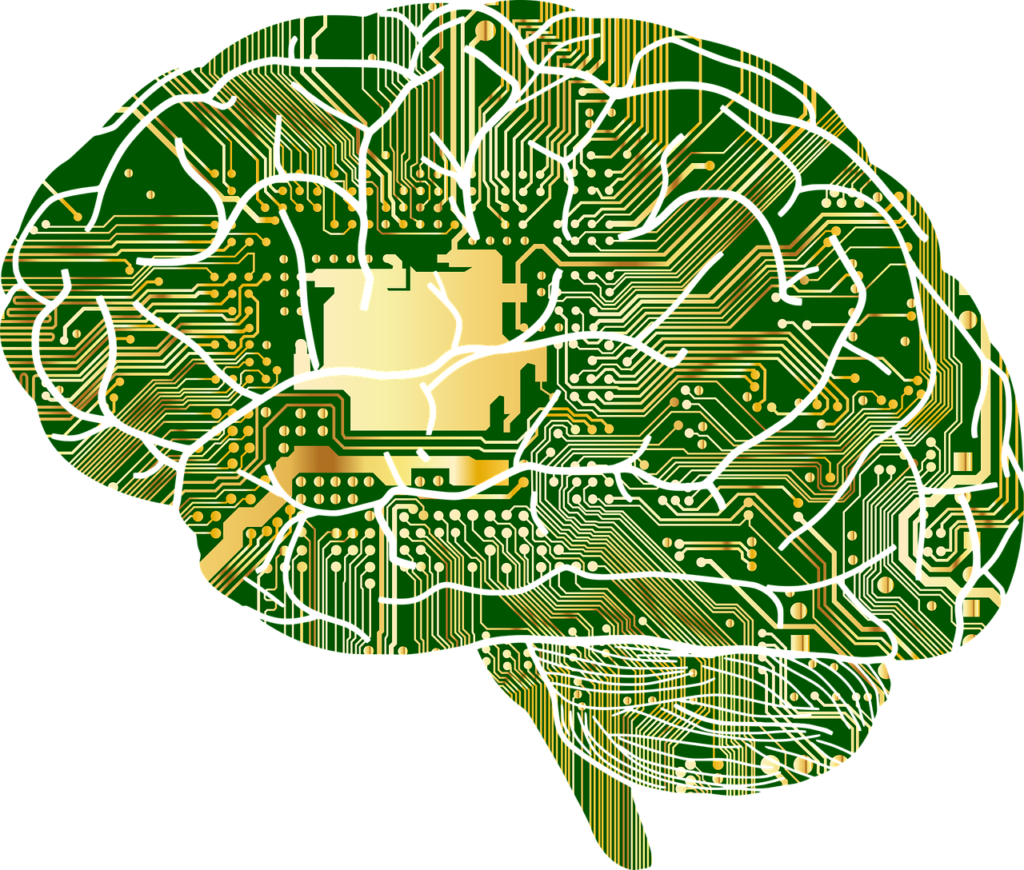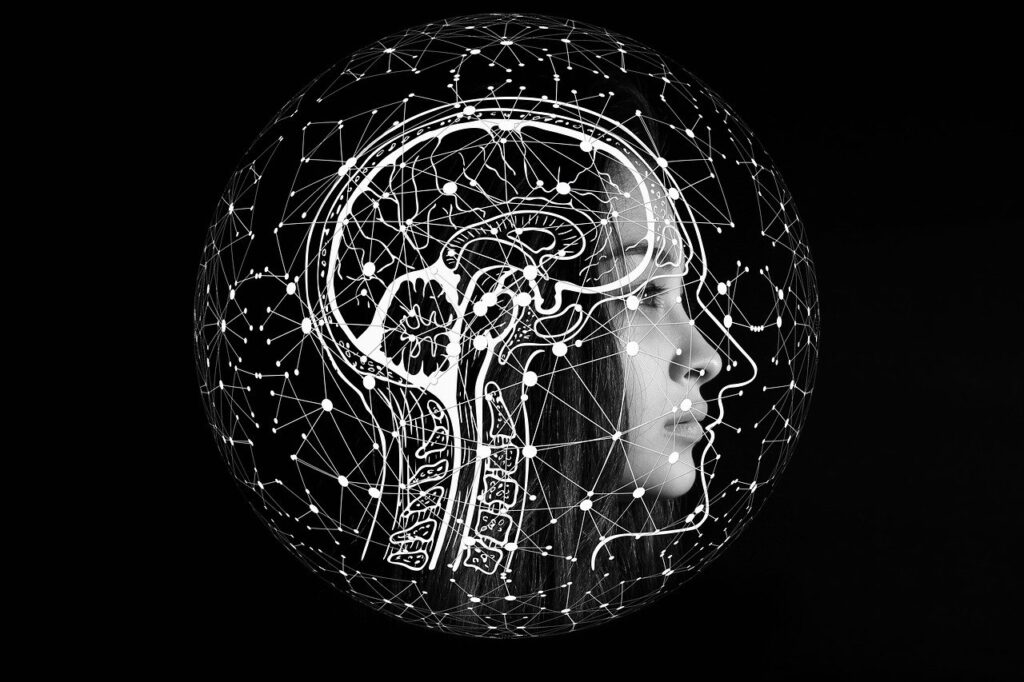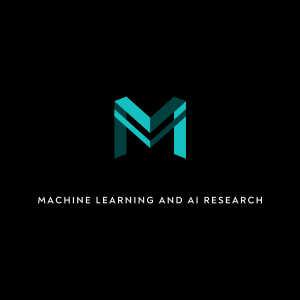Understanding Generative Adversarial Networks (GANs) and their Applications in Image Synthesis

Introduction to Generative Adversarial Networks (GANs) Generative AI has been at the center of most talks around the field of AI, be it generating art, image synthesis or even style transfer. By using a concept known as Adversarial Training, a type of neural network architecture known as Generative Adversarial Networks or commonly called GANs have […]
Understanding Transformers: From Language Processing to Computer Vision

The Transformer model has emerged as a highly effective neural network architecture for natural language processing tasks. Introduced in the seminal paper “Attention Is All You Need,” the Transformer has since become the state-of-the-art model for a range of NLP applications. In addition, it has also been adapted for use in computer vision tasks, demonstrating […]
Explainable AI in Computer Vision: Understanding How Our Models Make Decisions

Artificial intelligence (AI) has made remarkable progress in the field of computer vision in recent years, achieving state-of-the-art results in tasks such as image classification, object detection, and semantic segmentation. However, as AI models become more complex, it’s increasingly difficult to understand how they make decisions. Explainable AI (XAI) aims to create models that not […]
Transformers: Attention is all you need

Transformers have been extensively been used for Natural Language Processing tasks, they have not yet been so much of tried and tested method in Computer Vision. Transformers work on an attention based architecture or what is known as a sequence-to-sequence architecture. To understand, sequence-to-sequence (Seq2seq) architecture, consider a NLP task, of translation where these models […]
Quantization for ML Optimization

To understand quantization it is important to understand about numerical types and the bits used to store each of these numeric types. So, in a normal use case without any discussion on quantization, we feed an input to a deep learning model and get a result back out, this simple sentence boils down to a […]
Rich Feature Hierarchies for Accurate Object Detection and Semantic Segmentation
Object detection algorithms were mostly constituted of a two part process, the first being identifying the objects in an image and classifying them into classes and the other being locating them in the input image which was done by drawing a bounding box around the identified objects. Most object detection algorithms prior to RCNNs were […]
Densely Connected Convolutional Networks

Deeper Convolutional Networks were always considered to be good at learning finer and smaller features in an input, There were two main problems with making deeper and deeper convolutional neural networks, I had written about it in depth in the blog of ResNet, let me summarize and put it here for you, you can find […]
ResNets for Image Recognition

The imagenet image recognition challenge can be credited to the advancement in developing convolutional neural networks (CNNs), Previous architectures which had won the challenge in their respective years such as LeNet-5, AlexNet and VGGNet-16 were able to achieve high accuracies (relative to their competitiors) by stacking multiple layers over and over multiple times which was […]
How Bad Data Keeps us from Good AI

The field of Artificial Intelligence(AI) is a rapidly expanding field and is now a part of our everyday life. Be it our phone cameras or the translators on our phone everything uses AI. AI helps people by making the process of decision making easier. What this means is that, it can narrow down possible solutions […]
